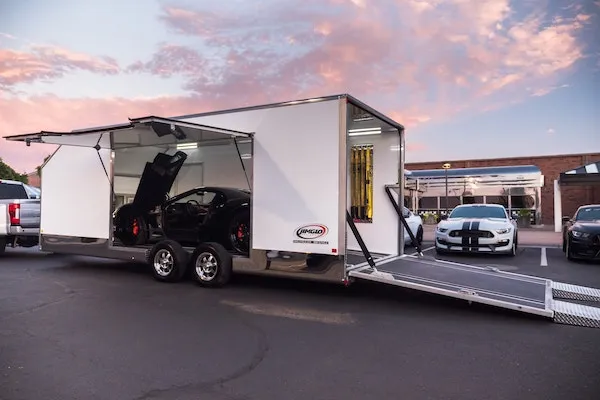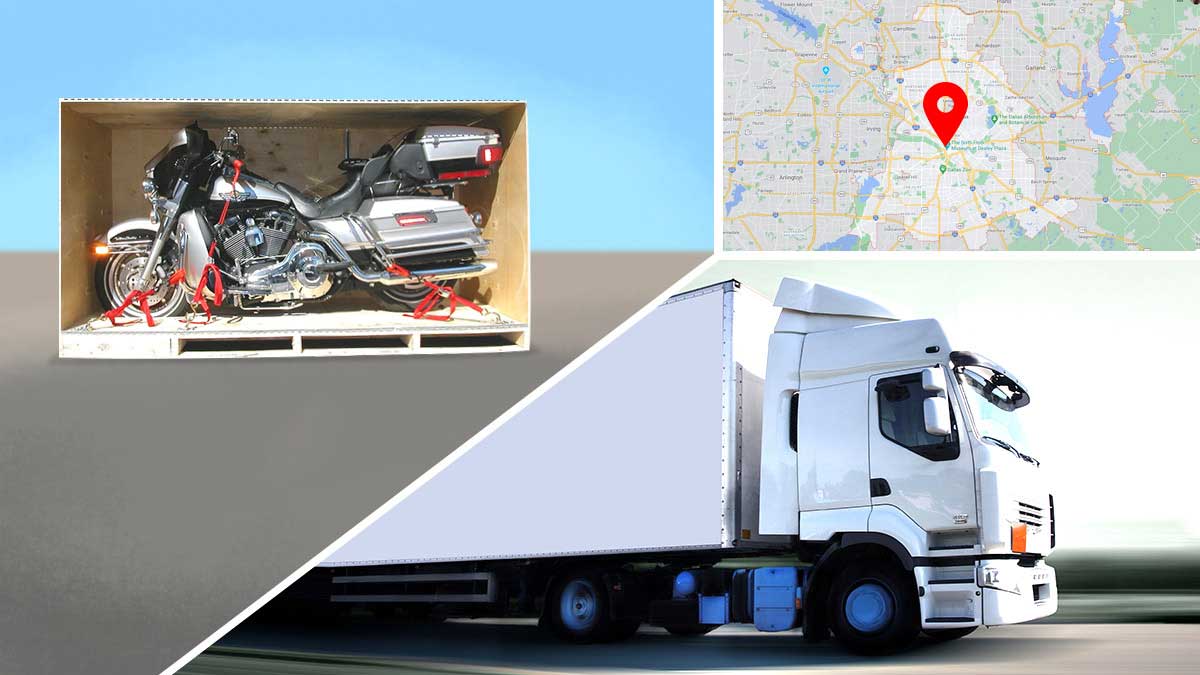The market size of the auto transport industry in the US will be $10.9bn in 2023, with expectations to increase by 1.3% in the same year. The auto shipping industry in the United States plays a pivotal role in ensuring the seamless transportation of vehicles across the nation. From individual consumers relocating to car manufacturers distributing their products, the demand for reliable auto shipping services continues to grow. In this exploration of the industry, we delve into the market size, key players, and the factors influencing the dynamic landscape of auto shipping in the United States.
The Booming Auto Shipping Market
The United States auto shipping industry has grown significantly in the last several years as an outcome of several causes, such as an increase in digital automobile purchases, corporate relocations, and the expanding global footprint of auto manufacturers. According to industry figures, the vehicle transportation business has a value in the billions, and growth is anticipated in the years to come.
Key Market Players
Several prominent players contribute to the vibrancy and competitiveness of the auto shipping industry in the United States. Notable companies such as Mont Way Auto Transport, Ship a Car Direct, and Ameri Freight have established themselves as leaders in the market, providing a range of services from open carriers to enclosed transport options. These companies leverage advanced logistics technology and a comprehensive network of carriers to meet the diverse needs of their clients.
Market Dynamics and Influencing Factors
1. E-commerce and Online Auto Sales
The rise of e-commerce has significantly impacted the auto-shipping industry. As more consumers opt for online vehicle purchases, the need for reliable and efficient transport services has surged. Auto transport companies facilitate the movement of vehicles purchased online, ensuring they reach their destination safely and in optimal condition.
2. Corporate Relocations
Corporate relocations contribute substantially to the demand for auto shipping services. When employees relocate for work, they often prefer to have their vehicles transported to their new location. This trend has become increasingly prevalent as companies embrace flexible work arrangements, leading to a rise in employee mobility.
3. Global Expansion of Automotive Manufacturers
The global reach of automotive manufacturers has expanded the scope of the auto shipping industry. As manufacturers transport vehicles from production facilities to dealerships across the country, efficient and secure shipping becomes paramount. This globalization trend has necessitated the development of robust logistics solutions to meet the evolving demands of the automotive supply chain.
4. Consumer Preferences for Specialized Services
Consumers are becoming more discerning in their choice of auto shipping services. There is a rising need for specialized services like enclosed transportation for significant worth or antique vehicles, even if open carriers are still a popular option for inexpensive transport. Businesses in the industry have had to increase the variety of goods they provide because of this shift in buyer habits.
Possibilities and Difficulties
While the auto shipping industry in the United States presents lucrative opportunities, it also faces certain challenges. Fluctuating fuel prices, regulatory changes, and the global supply chain disruptions witnessed in recent times are factors that impact the industry. However, these challenges also pave the way for innovation and adaptation.
1. Environmental Considerations
With an increased focus on sustainability, the auto shipping industry is exploring environmentally friendly practices. Companies are investing in fuel-efficient fleets and exploring alternative energy sources to reduce their carbon footprint. This commitment to eco-conscious practices not only aligns with global trends but also positions these companies as leaders in responsible logistics.
2. Technology Integration
The integration of technology is reshaping the auto shipping landscape. Advanced tracking systems, real-time monitoring, and digital platforms for booking and communication have become integral to the industry. Companies that embrace and invest in cutting-edge technologies enhance their efficiency and customer experience.
3. Regulatory Compliance and Legislation
The auto shipping industry operates within a framework of regulations that govern safety, licensing, and environmental standards. Navigating through these regulations can pose challenges, especially as they evolve. Industry players must stay abreast of changes in legislation and invest in compliance measures to ensure the seamless flow of operations. Simultaneously, embracing compliance as an opportunity to uphold safety standards and build trust with clients can position companies for long-term success in a regulated environment.
4. Customer Education and Awareness
Lastly, many consumers may be unfamiliar with the intricacies of vehicle transportation, leading to misconceptions or unrealistic expectations. Industry players have an opportunity to address this challenge by actively engaging in educational initiatives. Providing transparent information about the shipping process, timelines, and potential challenges fosters a better understanding among customers, enhancing their overall experience and satisfaction.
Final Note
The US auto transportation market is a vibrant, variable business that is closely linked to the larger automotive scene. The industry, with a billion-dollar market, is still expanding due to e-commerce, business relocations, and the globalization of the automobile manufacturing sector. Difficulties present chances for creativity and adaptability. The future of the auto shipping industry holds exciting possibilities as it navigates the road ahead, ensuring vehicles reach their destinations safely and efficiently in a rapidly changing world.







